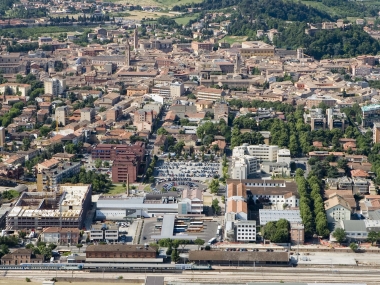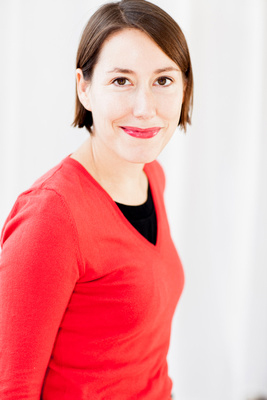The industrial heritage of the railway station as a driver of urban regeneration and social cohesion in Cesena! by Elena Giovannini
Edited on
20 January 2022For the city of Cesena, KAIRÓS means a new challenge to test innovative governance models and participatory processes to regenerate the area around the railway station adjacent to the old city centre, characterised by a high historical value thanks to the presence of original industrial buildings from the 1900s and a high potential for attractiveness as gateway and arrival point mainly for tourists and students.

In the city’s history, the pilot area represents a place of memory and social identity: starting from 1920s, the area was entirely occupied by the ARRIGONI fruit and vegetable processing factory which in the 30s saw its maximum development.
Putting this tangible and intangible heritage at the centre of the KAIRÓS process, means first of all to enhance the connections between physical spaces and collective memories, stories, experiences of the people who live in these urban spaces. To take care of a place and imagine a sustainable and interconnected future, it is first of all necessary to feel actively involved and develop a sense of collective responsibility.
Starting from this reasoning, the URBACT Local Group of Cesena met in two on-line meetings (23 February and 14 April 2020) with the aim of exchanging their experiences and ideas on the pilot area. Six high schools participated as well as cultural and social associations of the area, the Architecture and Psychology Departments of University of Bologna (Cesena Campus), Art-Er (Development Agency of the Emilia Romagna Region) together with the municipal departments of Urban Development, Social Services, Youth, Economic Development and Tourism.
In the two meetings, the ULG was divided into working groups first of all to identify positions connected to the five pillars of the KAIRÓS model, based on the different professional and personal experiences. The second meeting focused on the quality of space, the first pillar of the KAIRÓS model: each working group identified the main places lived in the area, specifying the uses and the relative perception on the qualities desired, in order to improve their experience of the spaces themselves.
As a result some first collective mappings of the area were drawn to consider the heritage not only as a “stock of the past”, but as a territorial element capable of producing urban cultural landscapes, a physical and cultural frame to produce new urban forms and innovative urban policies.
Cesena is ready to continue to explore the other pillars of the KAIRÓS project in the upcoming months!

 Submitted by Dorothee Fischer on
Submitted by Dorothee Fischer on
